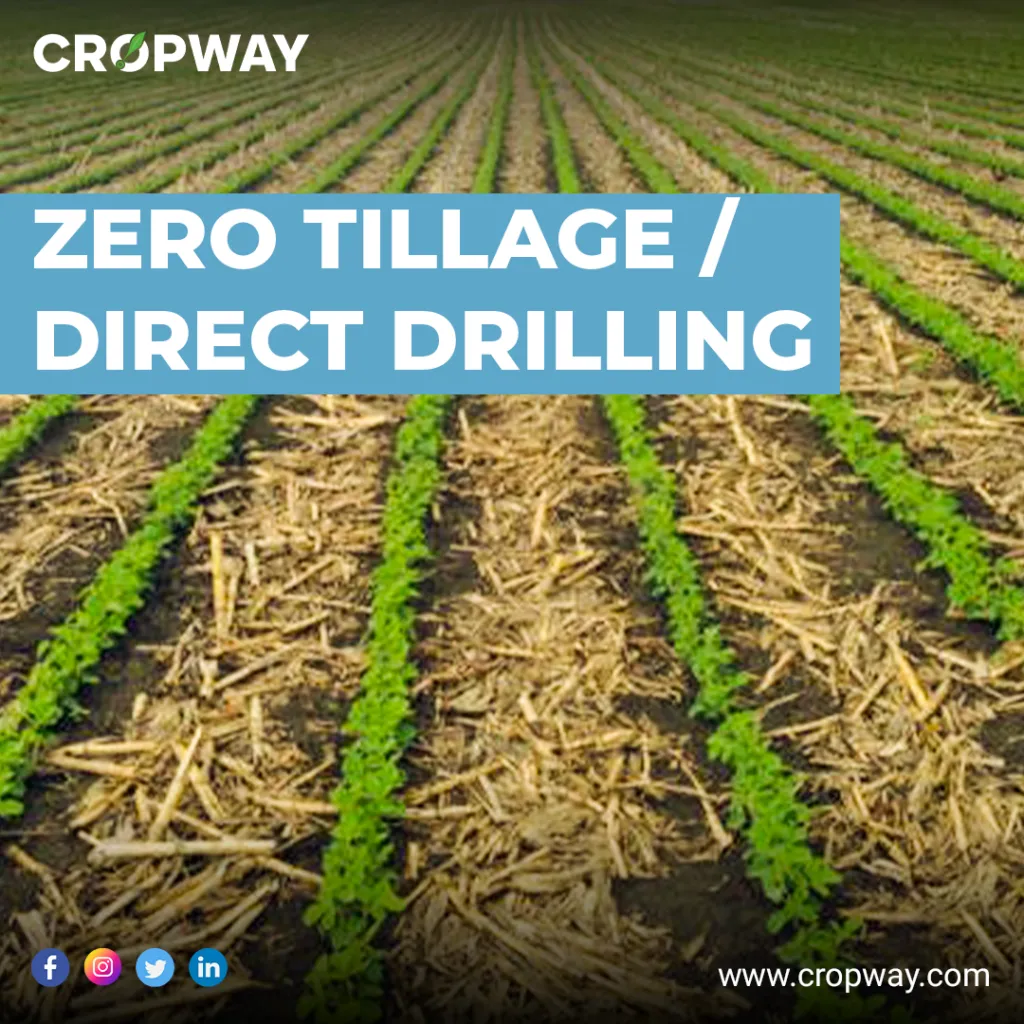In the arid and semi-arid regions of the world, where water is scarce and temperatures are often extreme, farmers face a constant challenge: how to grow crops efficiently while minimizing their environmental impact. A recent study published in the journal *Legume Science* (translated from Persian as ‘Legume Science’) offers some promising insights, particularly for the chickpea industry and the broader energy sector.
Hamid Hassaneian Khoshro, a researcher at the Dryland Agricultural Research Institute (DARI) in Maragheh, Iran, led a team that investigated how different tillage systems and chickpea genotypes could improve land, water, and energy productivity. The study, conducted over three cropping seasons from 2016 to 2019, compared zero-tillage (ZT), minimum tillage (MT), and conventional tillage (CT) systems.
The results were striking. “We found that zero-tillage systems significantly improved grain yield, land productivity, rainwater productivity, and energy productivity compared to conventional tillage,” Khoshro explained. In the third year of the study, the ZT system outperformed both MT and CT, with energy inputs reduced by up to 34.5%. This is a substantial saving, considering that diesel fuel, seed, and nitrogen fertilizer accounted for the majority of energy-intensive inputs.
The study also highlighted the importance of choosing the right crop variety. The Zarrin variety, for instance, had the lowest carbon footprint under the ZT system, just 0.123 kg CO2 eq kg−1. This finding underscores the potential for farmers to mitigate greenhouse gas emissions while improving their bottom line.
So, what does this mean for the energy sector? For one, it suggests that conservation tillage practices could play a significant role in reducing the agricultural sector’s energy demand and carbon footprint. As the world grapples with climate change, such practices could become increasingly important, offering a sustainable path forward for farmers and energy providers alike.
Moreover, the study’s findings could influence future developments in precision agriculture and crop breeding. By understanding how different genotypes respond to various tillage systems, researchers can develop more resilient and resource-efficient crop varieties. This could lead to a new wave of agricultural innovations, benefiting both farmers and the energy sector.
As Khoshro put it, “Our findings illustrate that sustainable cultivation of chickpeas in cold, arid, and semi-arid regions necessitates the expansion of conservation tillage and the selection of appropriate crop varieties.” This research is a step towards a more sustainable future, one where agriculture and energy sectors work hand in hand to meet the challenges of a changing climate.

